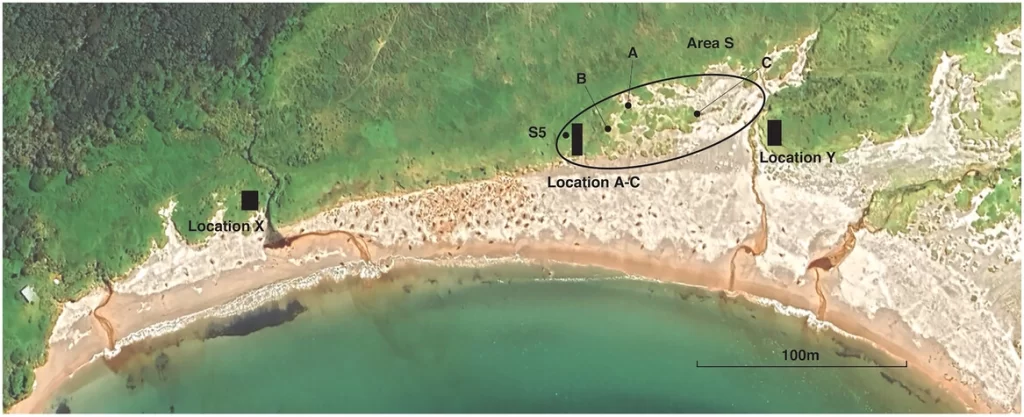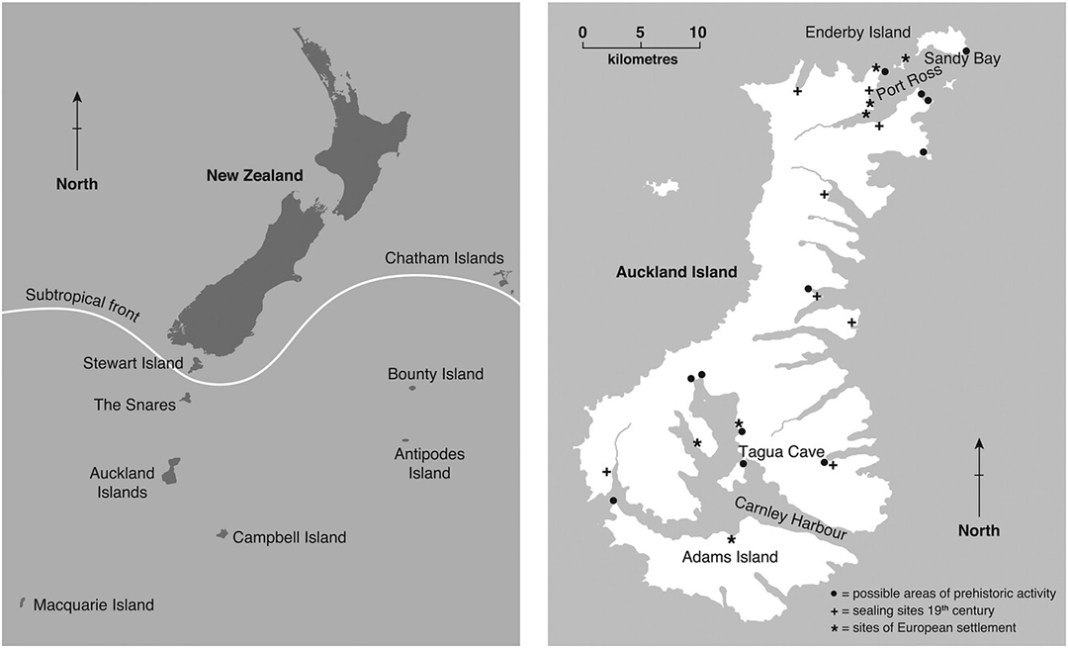A study has confirmed that Polynesians reached the Auckland Islands, 465 kilometers south of New Zealand’s mainland, approximately 800 years ago. The research, published in the academic journal Archaeology in Oceania, was conducted by Atholl Anderson and colleagues, who analysed archaeological evidence to establish the southern boundary of Polynesian migration.
The Auckland Islands are part of the subantarctic region, a harsh and resource-scarce environment with frigid winds and unpredictable seas. These islands represent the furthest south Polynesian voyagers are known to have travelled. Radiocarbon dating of artifacts discovered on Enderby Island places the Polynesian presence there in the 13th century AD, coinciding with their broader migration across the Pacific.
The researchers examined tools, remnants of cooking sites, and other material evidence, demonstrating that Polynesian explorers temporarily occupied the islands. This challenges previous assumptions about the extent of their dispersal and reveals their adaptability in navigating and surviving in extreme environments.
The absence of archaeological evidence on islands further south suggests the Auckland Islands marked the natural limit of Polynesian exploration. Environmental constraints, including limited resources and the dangers of navigating the turbulent Southern Ocean, likely prevented further voyages.

Anderson’s research provides critical insights into the capabilities of Polynesian seafarers, who are widely regarded as some of the most advanced navigators in history. Using traditional methods such as celestial navigation and an intimate understanding of ocean currents, Polynesians settled a vast expanse of the Pacific, reaching locations as distant as Hawaii, Easter Island, and New Zealand.
The study adds to a growing body of evidence that highlights the sophistication of Polynesian exploration. By confirming the southernmost point of their dispersal, it solidifies the historical narrative of Polynesian ingenuity and adaptability.
The findings shed light on human migration patterns, illustrating how environmental factors influenced historical movements. By confirming the extent of Polynesian exploration, the study highlights their enduring legacy in global history and their remarkable achievements as navigators and explorers.
Source: Archaeology in Oceania, Vol. 59 (2024): 479–494DOI: 10.1002/arco.5337





